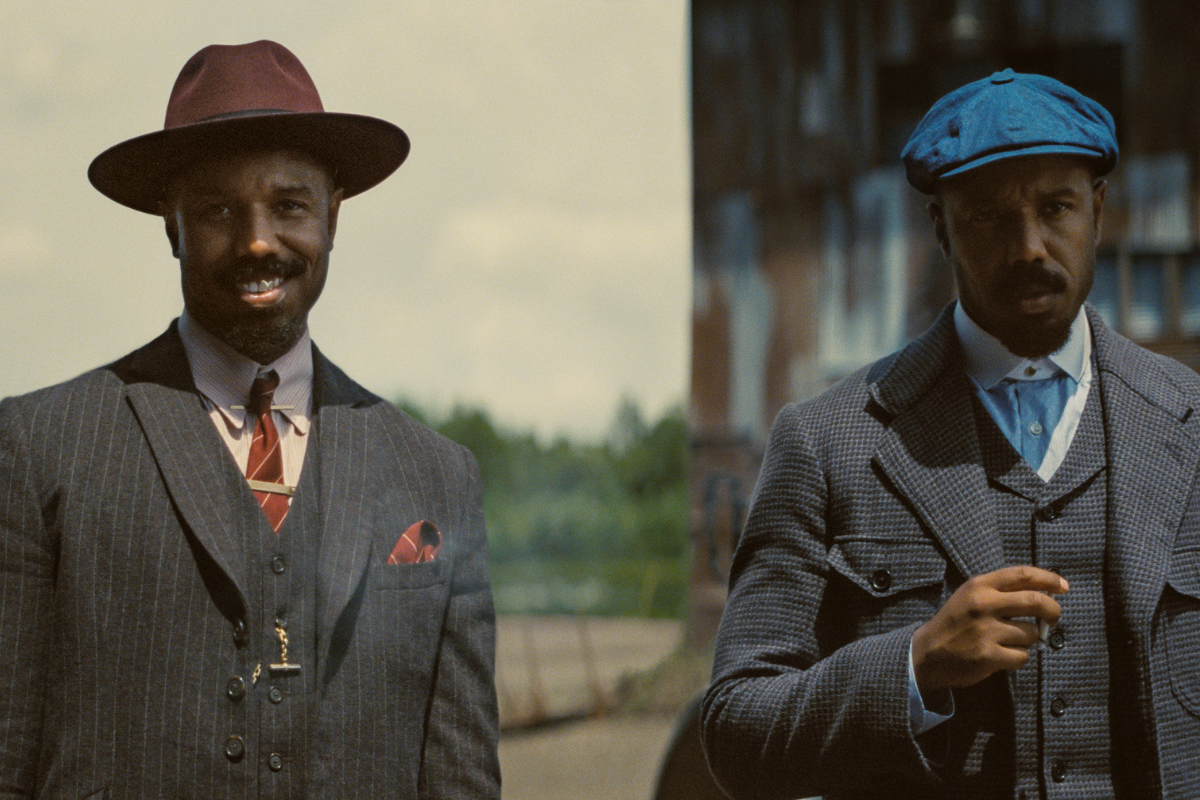Ten Tips for Writing Awesome Dialogue
Creating authentic dialogue takes practice. Josh Miller, author of “Stuck!: Learn to Love Your Screenplay Again,” offers ten tips for writing awesome dialogue.
In a screenplay, as in any work of fiction, how people talk is just as important as what they say. Dialogue has often been described as poetry of the vernacular, meaning that each character has their own idioms, vocabulary and rhythm sourced in their origins, social class and education.
Speech patterns can be just as revealing about a character as the content of their dialogue. Given this, it’s essential that diverse characters don’t speak with identical voices, otherwise we will sense the writer's hand, exposing a craft deficit and pulling readers/viewers out of the story.
One way to test if your characters are clearly distinguishable is to temporarily remove the character headings (aka character cues) from your screenplay and then read it aloud. In the dialogue scenes, whoever is talking should be discernable based on their speech patterns.
It’s fine to use placeholders in early drafts. Initial dialogue may be “on the nose,” i.e. overtly expositional and/or express what characters are feeling and thinking. During revisions, as the characters become more three-dimensional, their dialogue should become more bespoke.
Here are ten tips for writing awesome dialogue:
1. Dialect and Accents
If a character speaks in English with a dialect or accent, their dialogue should be written utilizing the grammar, syntax and idioms of their native tongue rather than phonetically spelling out the dialect on the page, which is laborious to read. Since a screenplay is read before it is produced, it must be as reader-friendly as possible.
So for example, while it's fine to write dialogue such as "I done seen a ghost," if you can, try to avoid using informal contractions such as “Git ‘er done,” “g’bye” or non-words like “goin’,” “fer,” “shoulda,” “gonna” or accents such as “I vant to drink your blood.”
2. Slang
Conversely, slang or contractions such as the word “ain't” are acceptable for use, as they are considered words. A dictionary can clarify if a piece of slang is a word or not. There are also online slang dictionaries containing everything from prison lingo to pirate speak.
3. Colloquialisms
While colloquialisms (i.e. “sayings”) abound everywhere, the American south is a rich lode. For example, here’s how a Texan might describe an underhanded person: “He’s so low, he could walk under a snake’s belly with his hat on.”
4. Syntax
Foreign characters often mix up syntax by using sentence construction from their native tongue. A Jewish bubby from the old country lamenting her grandson’s bachelorhood might say, “A wife he needs to get!” As for American Southerners, they tend to use what I call a positive negative when they aren’t onside for something. For example, instead of saying, “I don’t want to do that,” a Texan might say, “Let’s don’t do that.”
5. Descriptors
Make sure to select words your characters would choose. If you’re writing a British character and they’re talking about a truck, they would likely use the word “lorry” and would call their apartment a “flat” and the elevator a “lift.”
6. Education/Class
This tip has nothing to with intellect, as undereducated characters can possess plenty of street smarts. However lacking education, how they express themselves would be vastly different from characters who attended private schools, for instance. A patrician college professor would express himself differently than a tough street gang member.
7. Gender
At the risk of stepping on some landmines, there are general differences between how men and women communicate. Men tend to be more combative and women tend to be more collaborative. Having said that, exceptions to stereotypes abound!
8. Arena
An arena is a sub-culture or locale. It's where a story is primarily situated and can be a place or a milieu. In other words, an arena can be geographical (location), or societal (class), or social (group) or political (system), or historical (era). Where your story is set frames how people in that arena communicate. For example, ascetics in a monastery communicate differently than caffeinated traders on the floor of a stock market.
9. Sub-text
Every person has a persona and a character. Persona is the face we show to the world and character is who we truly are. Broadly, dialogue is often an expression of someone's persona and sub-text is often an expression of their authentic self.
It's been said that “dialogue is the lie” because people rarely say what they mean, except in moments of high emotion, where they may blurt out the truth. So sub-text is what characters are actually feeling or thinking, rather than what they are verbalizing.
Authenticity in adults is so rare that when someone says something like, "Gina doesn't sound like herself," it might mean that Gina probably just said something truthful. And the phrase, "Children say the darnedest things!" simply means that kids lack filters.
A great example of sub-text is from the film Moneyball. After their baseball team is eliminated from the play-offs, statistics wizard Peter Brand shows downcast GM Billy Beane a seemingly random video where a minor league hitter is humiliated when he stumbles and falls down rounding first base... then realizes that he hit a home run.
Pete is trying to show that although their team didn't make it to the World Series, by winning so many games, Billy still hit a home run. Comforted, Billy smiles and tells Peter he's a good egg. In this scene, what Peter isn't verbalizing is: "I'm your friend and I care about you" and what Billy isn't verbalizing is: "Thank you for being my friend."
10. Developing an ear
We often hear that a good writer “has an ear for dialogue,” which means they have some sort of heightened facility in their craft toolbox. Dialogue may come more naturally if the writer is writing about the place where they grew up or a place they know in adulthood. For others, writing good dialogue can be learned through meticulous research and by immersing themselves in an arena to osmose how people there communicate.
While there’s a lot to consider when writing dialogue, the beauty of artistic creation is that the more you do it, the more your craft becomes integrated. Like virtuoso musicians who practice for hours each day so they don’t have to think what fingers to use to play what keys, for the writer with discipline who writes every day—creativity and craft soon become seamless.
Learn more insights into screenwriting with Josh Miller's book, Stuck!: Learn to Love Your Screenplay Again.
Award-winning writer/producer Josh Miller is the author of Stuck! Learn to Love Your Screenplay Again. He has penned or produced television programs for Paramount, Lifetime, Hallmark, Dick Clark Productions, Viacom, Disney Channel, PBS, and Showtime, as well as feature films released by Universal, Warner Bros., Momentum, eOne, Equinoxe, First Look, DARO, and Vision Films. Josh continues to provide freelance script consulting services to screenwriters, producers, networks, and studios. Check out his website at joshmillerscript.com.







